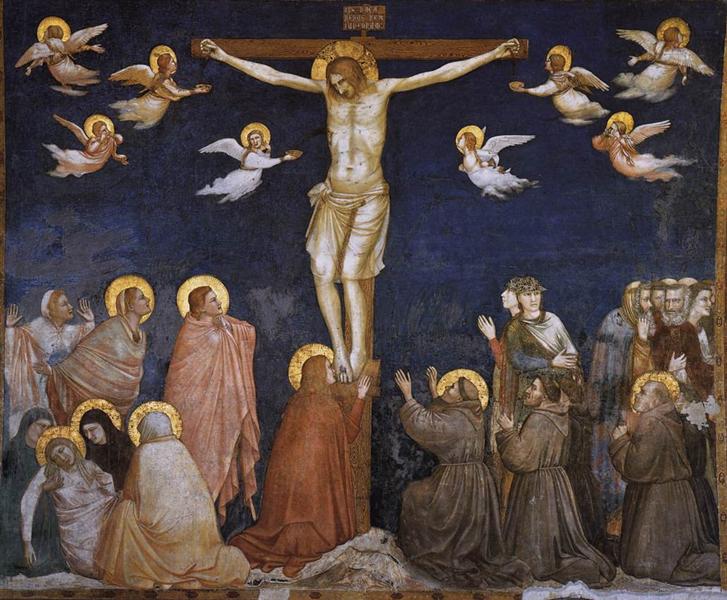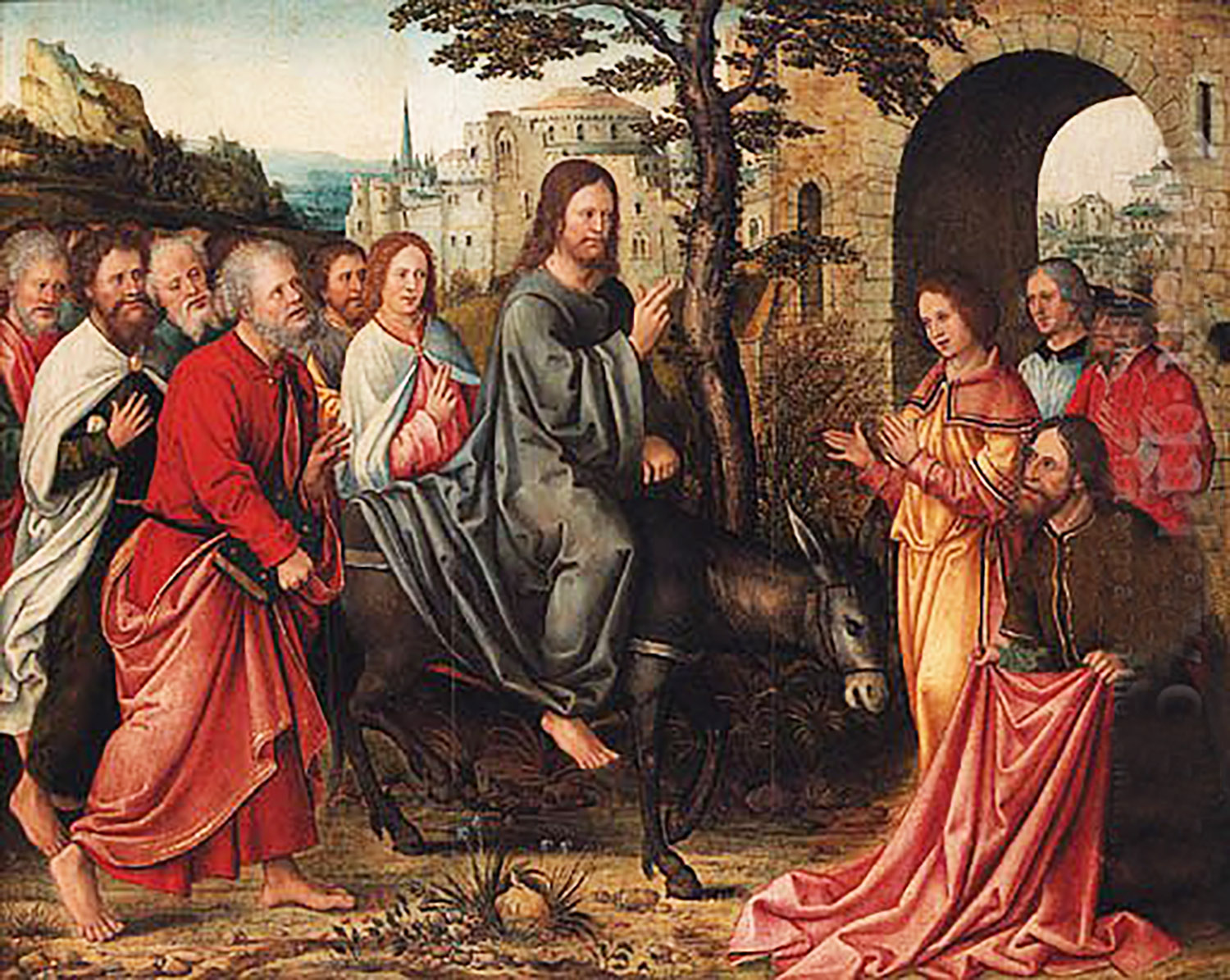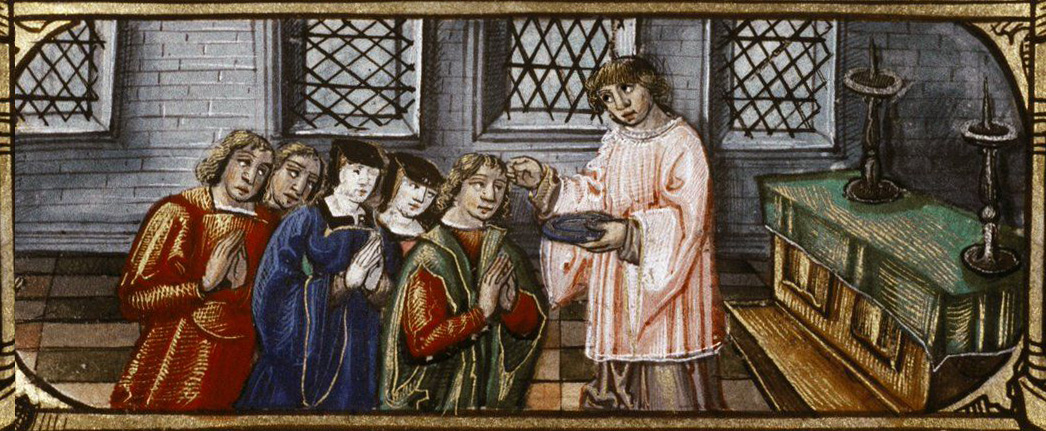The Solemn Liturgy of Good Friday will be celebrated in the traditional Latin form at St. Stanislaus Church in New Haven on April 15, at 11:00 A.M. The Reverend Jan Pikulski will be the celebrant.
The Good Friday liturgy is at once one of the most dramatic and austere services of the Church Year. It is comprised of four parts: the lessons, solemn orations, adoration of the cross, and communion. The externals of this service are marked by both a solemnity and simplicity appropriate to the day. The altar is bare except for one cloth, the missal stand is not covered, the vestments are black for the first portions of the service and violet for the communion, and bells are not rung.
Most striking perhaps is the Adoration of the Cross in which the priest progressively unveils the cross and thrice chants, each time on a higher pitch, Ecce Lignum Crucis (Behold the Wood of the Cross). After the cross the unveiled, it is laid on a cushion and the clergy and servers venerate it by removing their shoes and making three double genuflections as they advance toward it before kissing it. Removing shoes is a common act of piety in the Coptic Rite (Catholic and Orthodox), and reminds us that God told Moses to remove his sandals since he was standing on holy ground (Exodus 3:5). During the Adoration of the Cross the “Reproaches” are sung by the choir.
Besides the Kyrie regularly sung at Mass, the Reproaches are the only other liturgical text in the Roman Rite in which Greek is used. The Trisagion is sung in both Greek and Latin and is another indication of how ancient certain elements of the Good Friday liturgy are. Other reminders of the antiquity of this rite are its simplicity with the use of one altar cloth and the rather abrupt beginning of the service with a lack of preparatory prayers.
Music for the service, sung by the Schola Cantorum of the St. Gregory Society, will include Tomás Luis de Victoria’s “Reproaches,” motets by Palestrina, and Loyset Compère, and the proper Gregorian chants.





